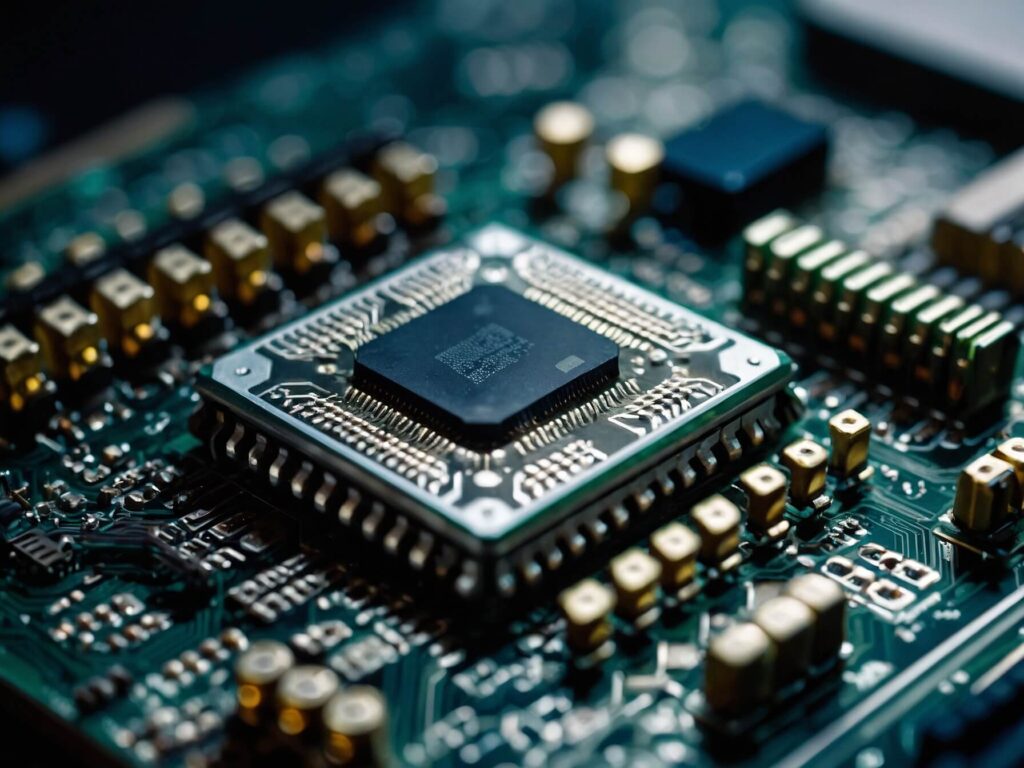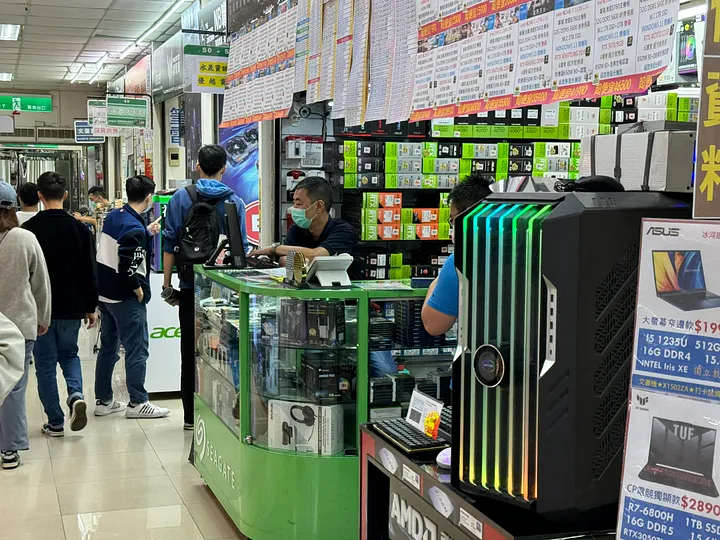A blizzard of benchmarks at CES as Intel, AMD, and Nvidia rolled out their CPUs and GPUs for the AI PC. Not to mention the first new keyboard key in three decades.
These announcements point to increasingly healthy competition in the technology hardware market that will lead to greater customer choice in the enterprise and consumer segments.
One potential drawback is that corporate procurement processes for AI server and AI client devices will become more complex as companies evaluate a wider range of options. The benchmark data provided by the silicon and system vendors will certainly help, but particularly when enterprises are carrying out major data centre upgrades, they will need to invest in their own independent testing to ascertain the optimal solution for specific use cases and workloads.
The battle on the software side is also hotting up as Intel, AMD, and others fight to reduce the stranglehold Nvidia has with its CUDA architecture. The growing popularity of PyTorch and the recent establishment of the AI Alliance also supported by Meta, IBM, Dell, and others show that progress is being made in this direction.
While it will take time to persuade companies to allocate scarce developer resources to port their applications across to other platforms in the short term, over the longer term a transition to a more open ecosystem makes sense. It will not only drive down development costs but also ensure that AI models and applications can operate seamlessly on best-of-breed hardware from multiple vendors.
Gadgets, gizmos, software and devices. I love all technology.



